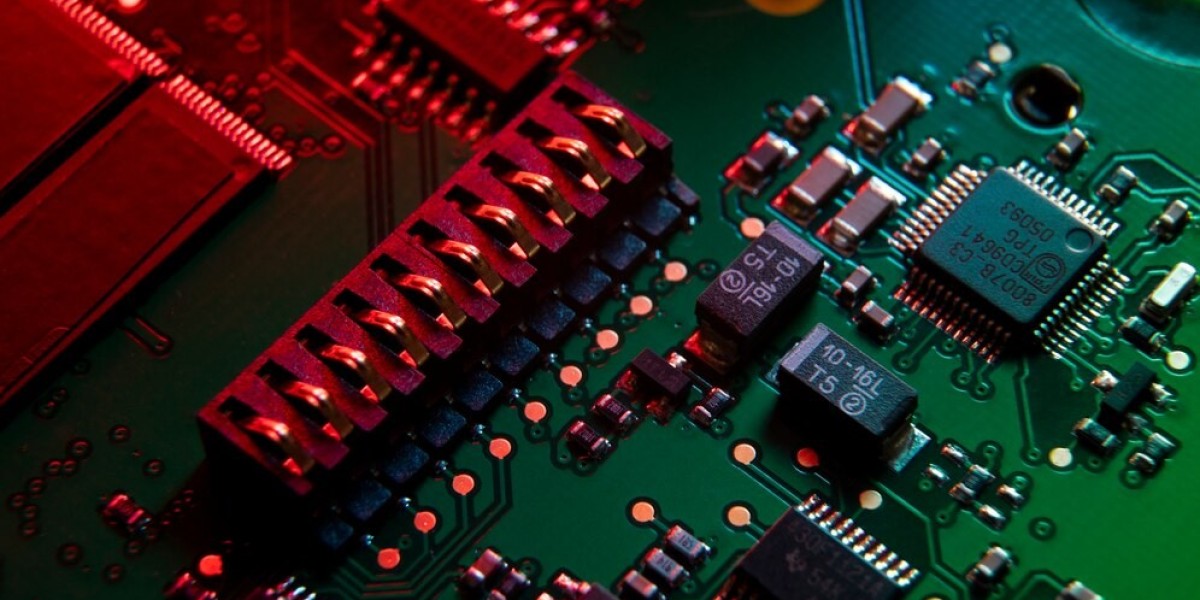The lymphatic filariasis market is gaining attention as the global health community intensifies efforts to combat this neglected tropical disease (NTD), primarily caused by parasitic worms transmitted through mosquito bites. Lymphatic filariasis affects millions worldwide, leading to severe disability and social stigma. The World Health Organization (WHO) has launched initiatives aimed at eliminating the disease, which is propelling growth in the market for diagnostics, treatments, and preventive measures.
Market Overview
Lymphatic filariasis is prevalent in tropical and subtropical regions, particularly in parts of Africa, Southeast Asia, and the Western Pacific. The disease can result in chronic complications, including lymphedema and hydrocele, significantly impacting patients' quality of life. The economic burden is substantial, with affected individuals often unable to work, further exacerbating poverty in endemic areas.
Treatment Landscape
The treatment of lymphatic filariasis primarily involves the administration of antifilarial medications, such as diethylcarbamazine (DEC), ivermectin, and albendazole. Mass drug administration (MDA) campaigns have been critical in controlling the disease and preventing transmission. The market is witnessing innovations in drug formulations and delivery systems aimed at improving adherence and effectiveness. Research into new therapies, including potential vaccines, is also underway, which could revolutionize treatment protocols.
Market Drivers
Several factors are driving the growth of the lymphatic filariasis market. Increased awareness of NTDs, along with global health initiatives targeting elimination, is fostering greater investment in research and development. Partnerships between governments, non-governmental organizations (NGOs), and pharmaceutical companies are crucial for resource mobilization and implementation of MDA campaigns. Moreover, advancements in diagnostic tools, such as rapid antigen tests and molecular techniques, are improving disease detection and monitoring.
Regional Insights
In terms of geography, the Asia-Pacific region represents the largest share of the lymphatic filariasis market, given the high burden of disease. Africa also shows significant market potential as various countries ramp up their elimination efforts. North America and Europe have smaller markets but are contributing through funding and research initiatives.
Challenges
Despite positive trends, the lymphatic filariasis market faces challenges, including limited access to healthcare in endemic regions and the need for sustained funding for elimination programs. Additionally, social stigma associated with the disease can hinder treatment uptake and public health efforts.
olivesmith
266 Blog posts



